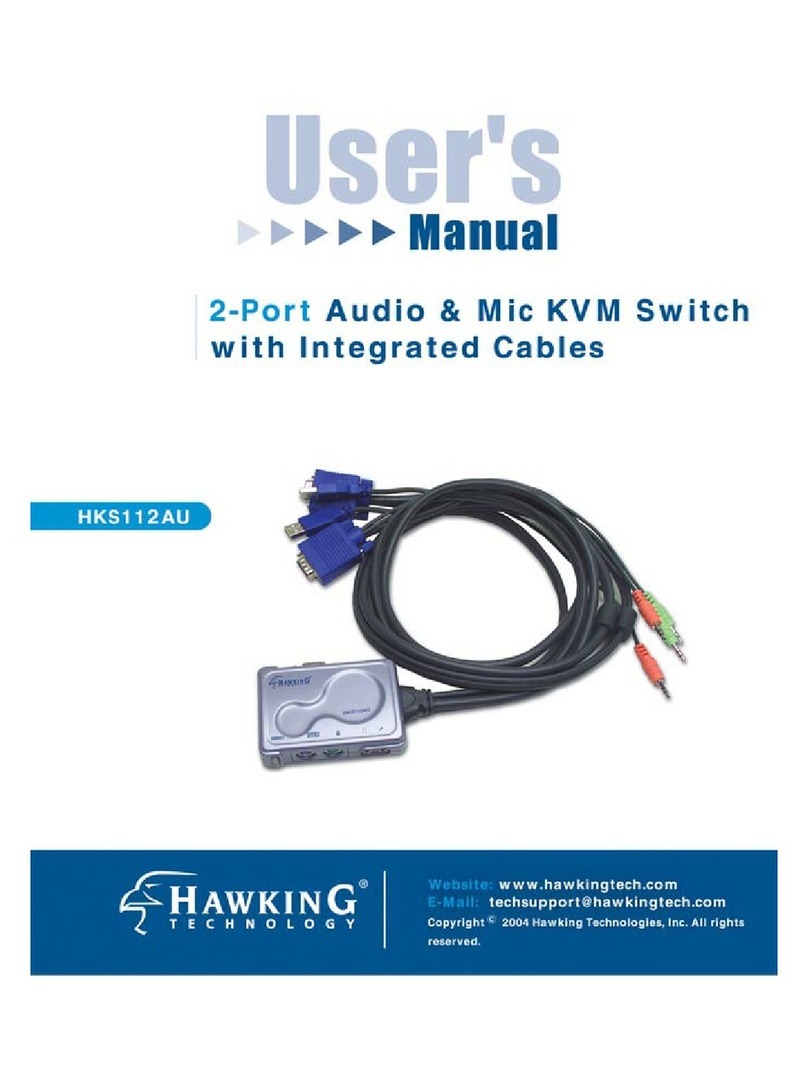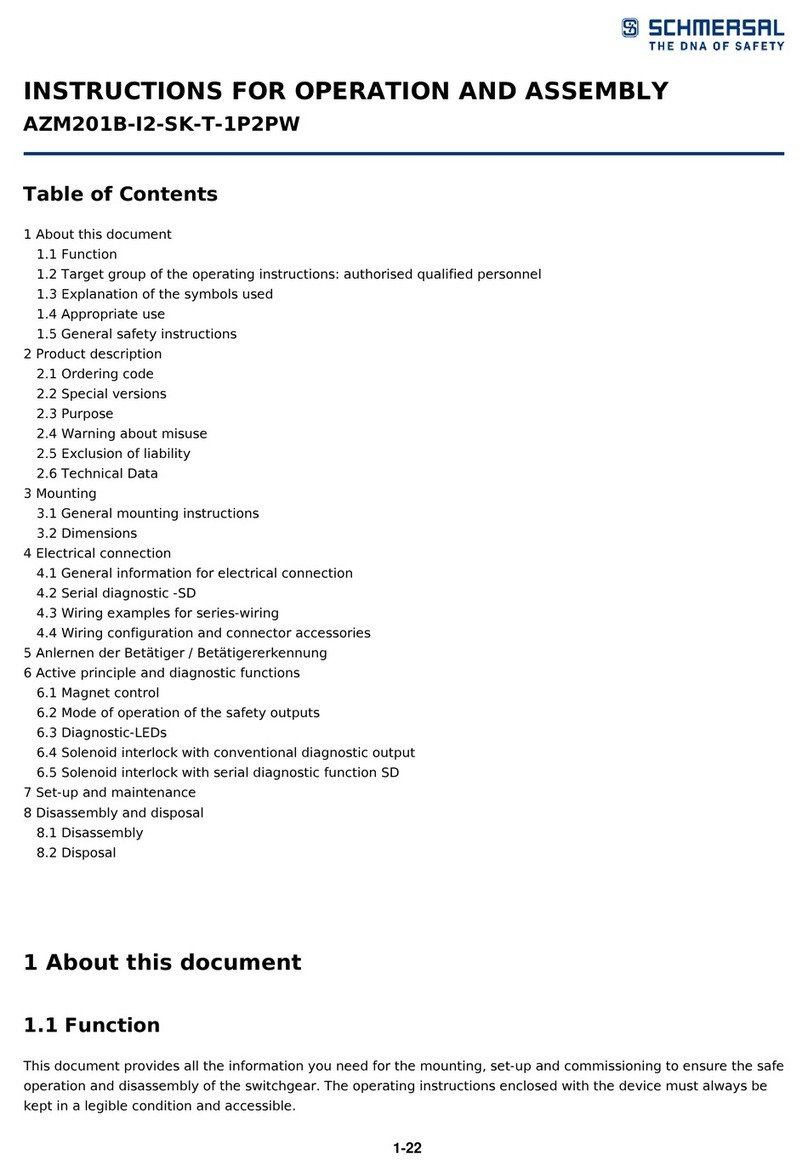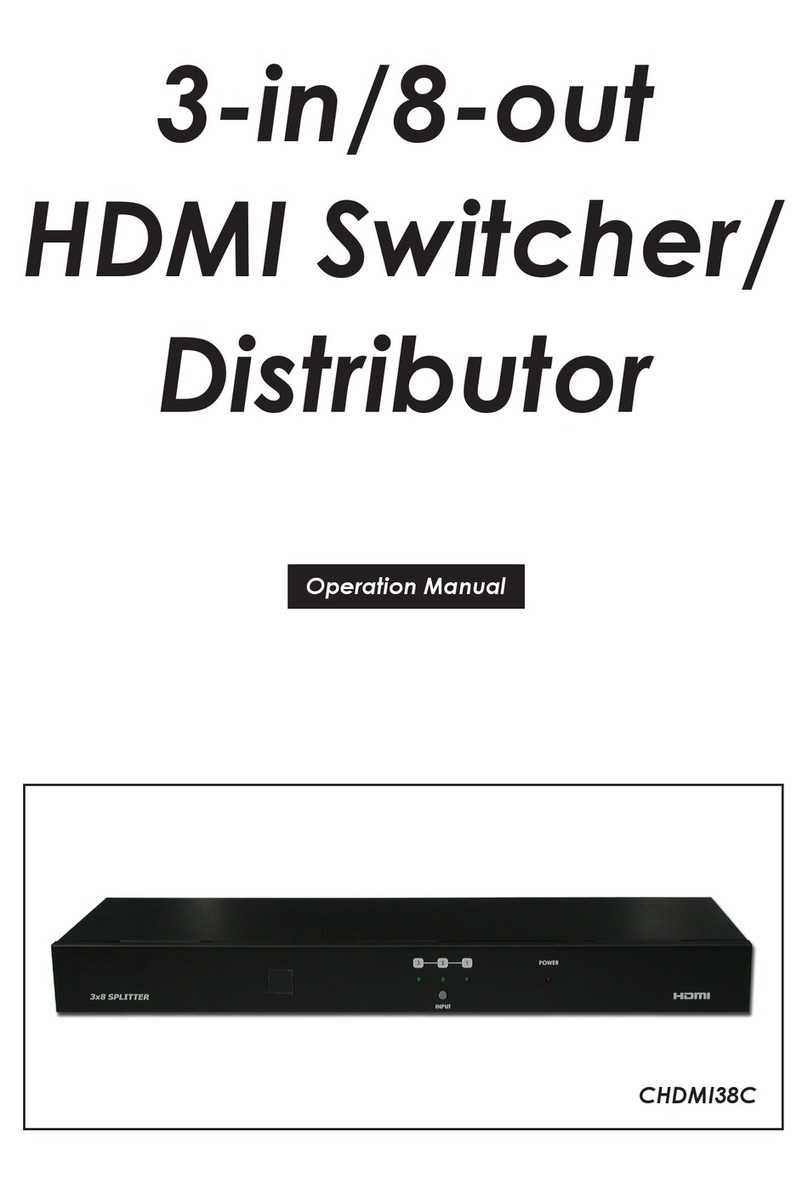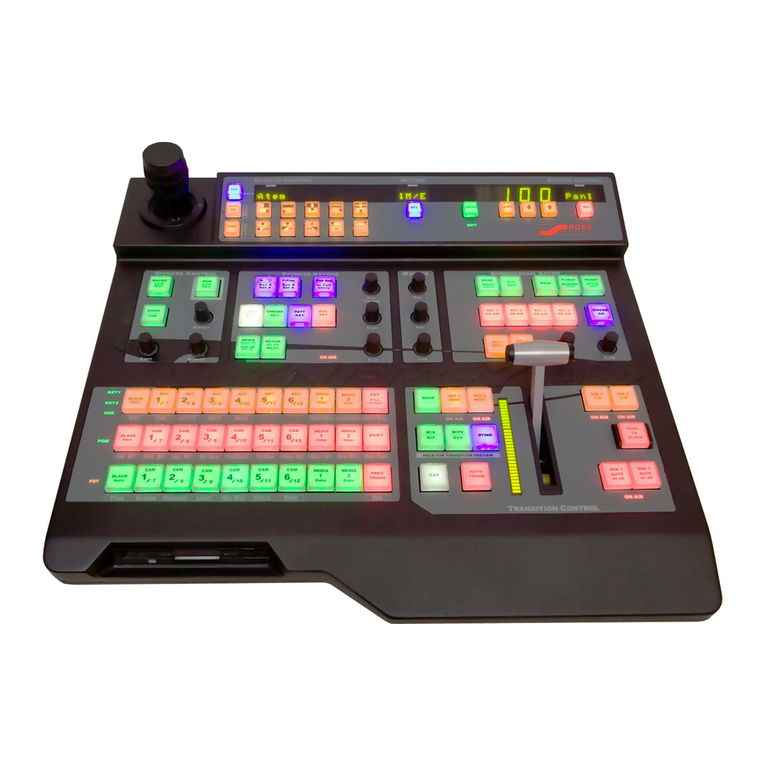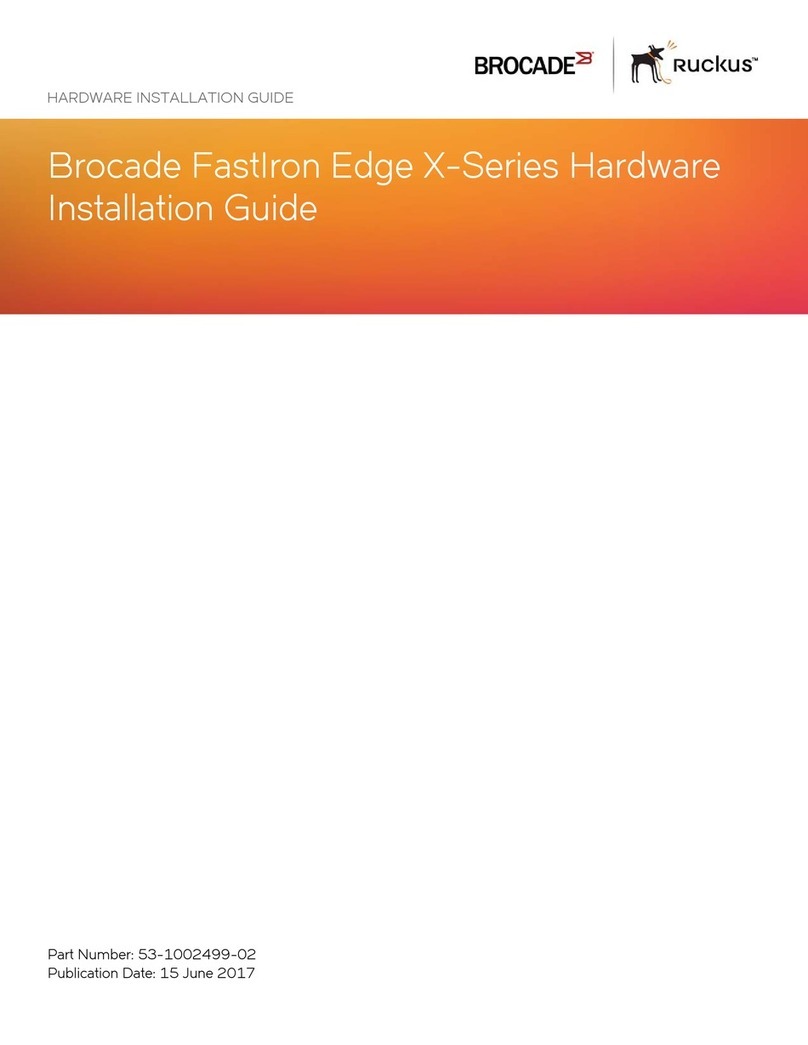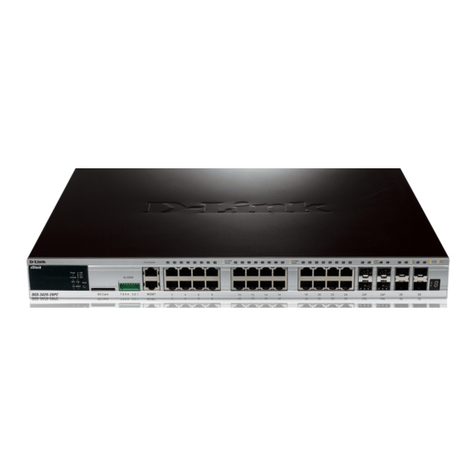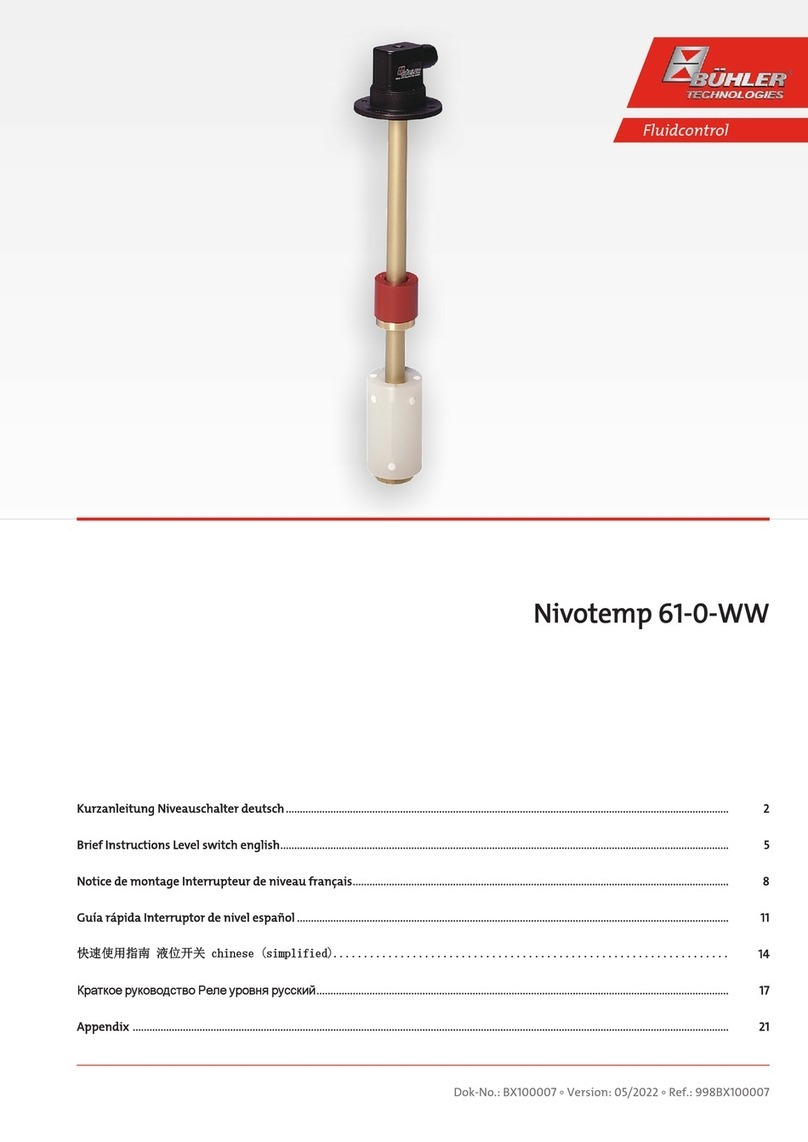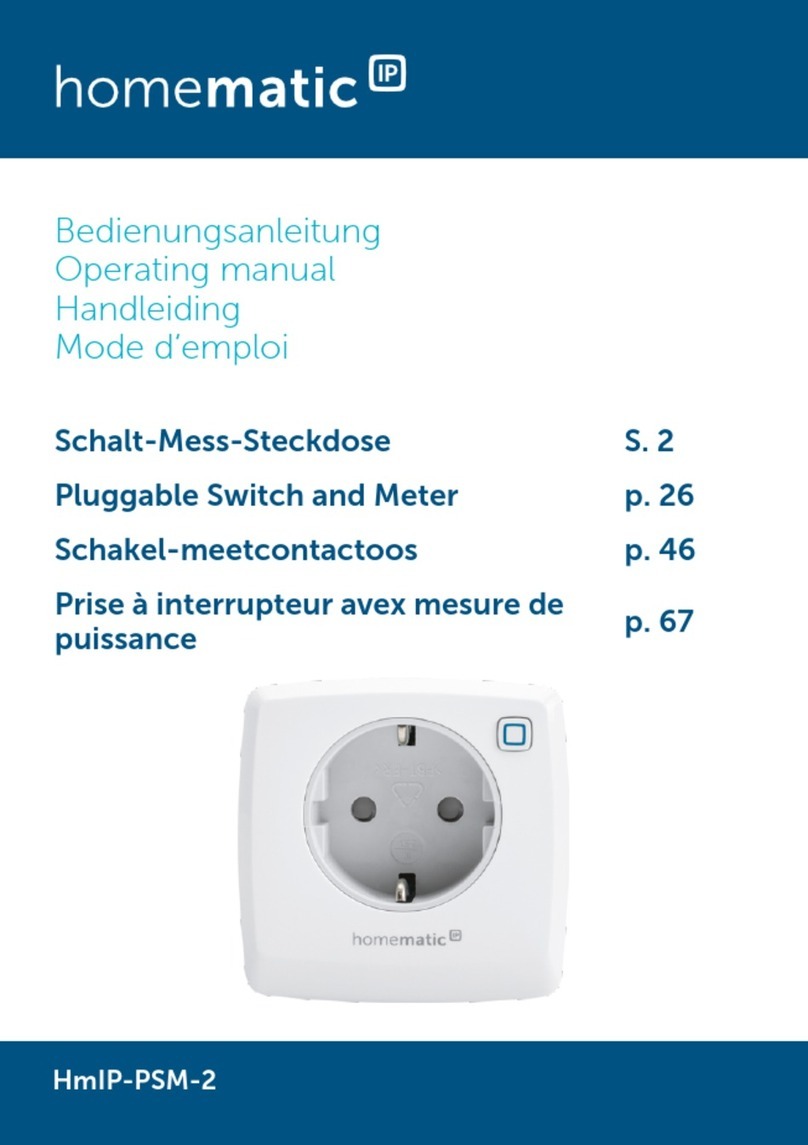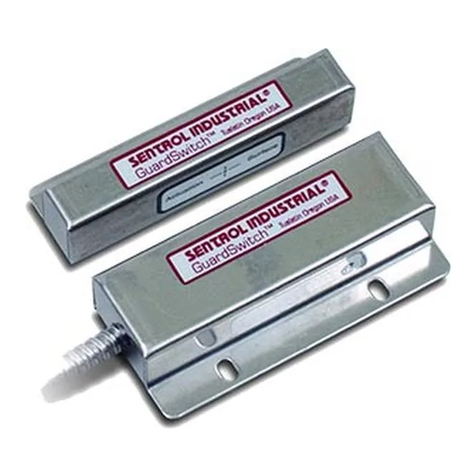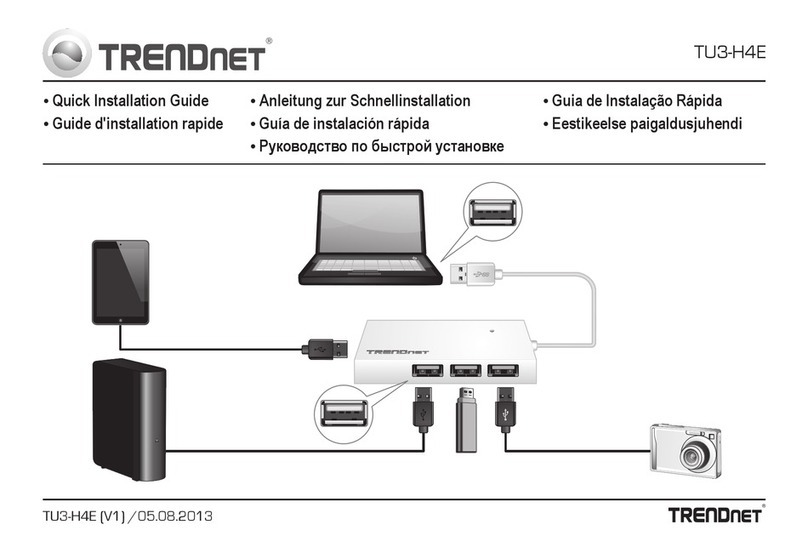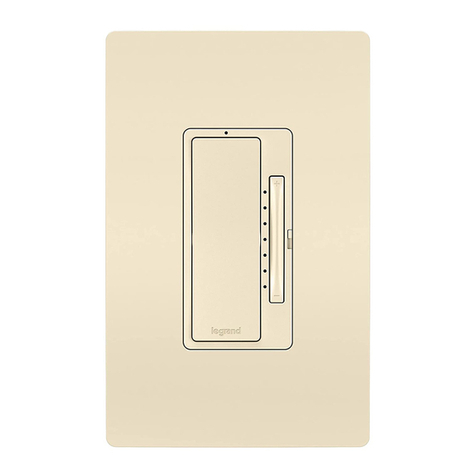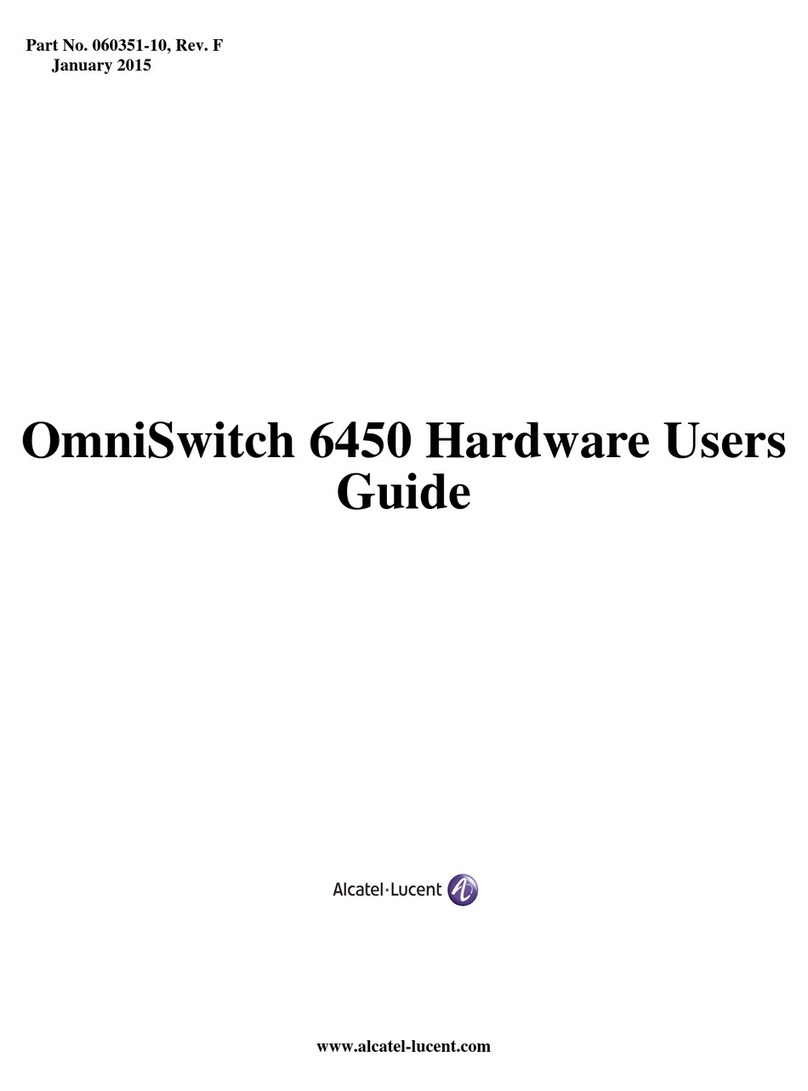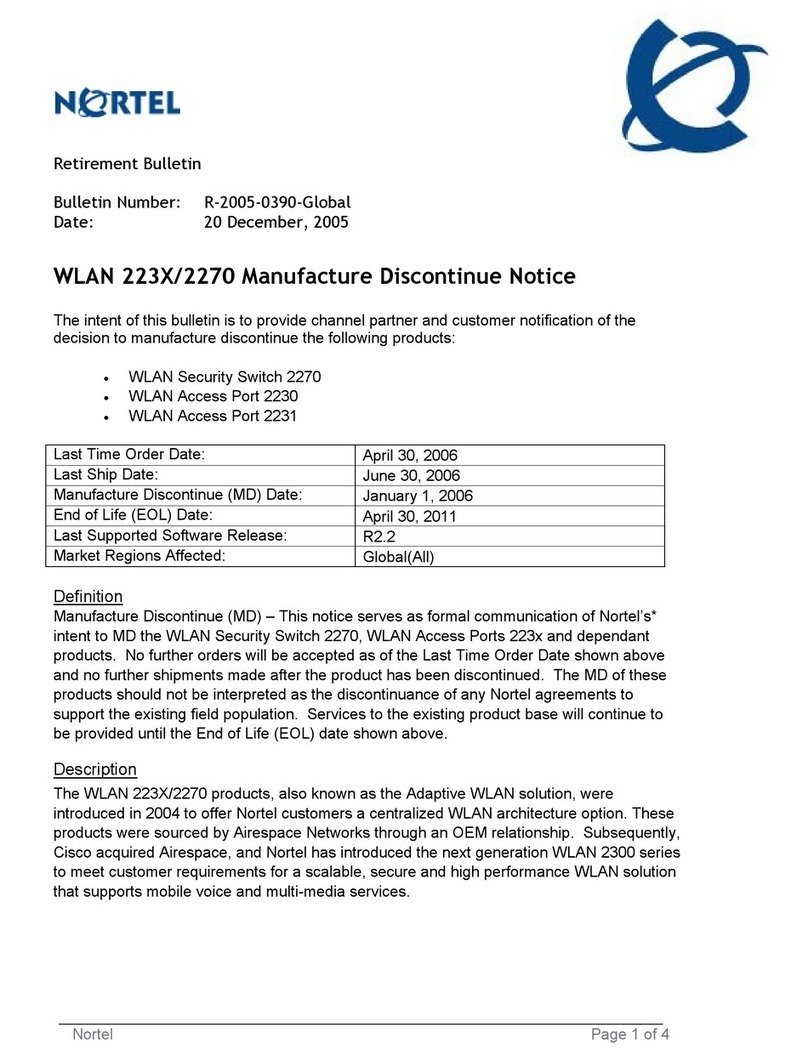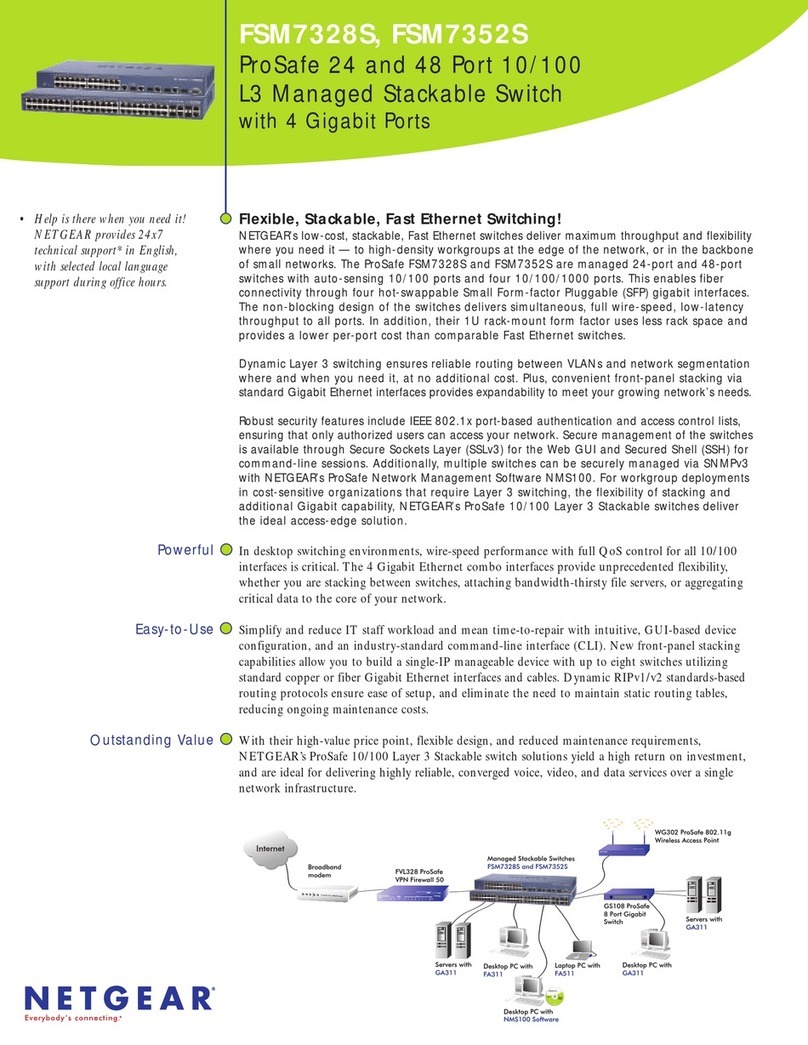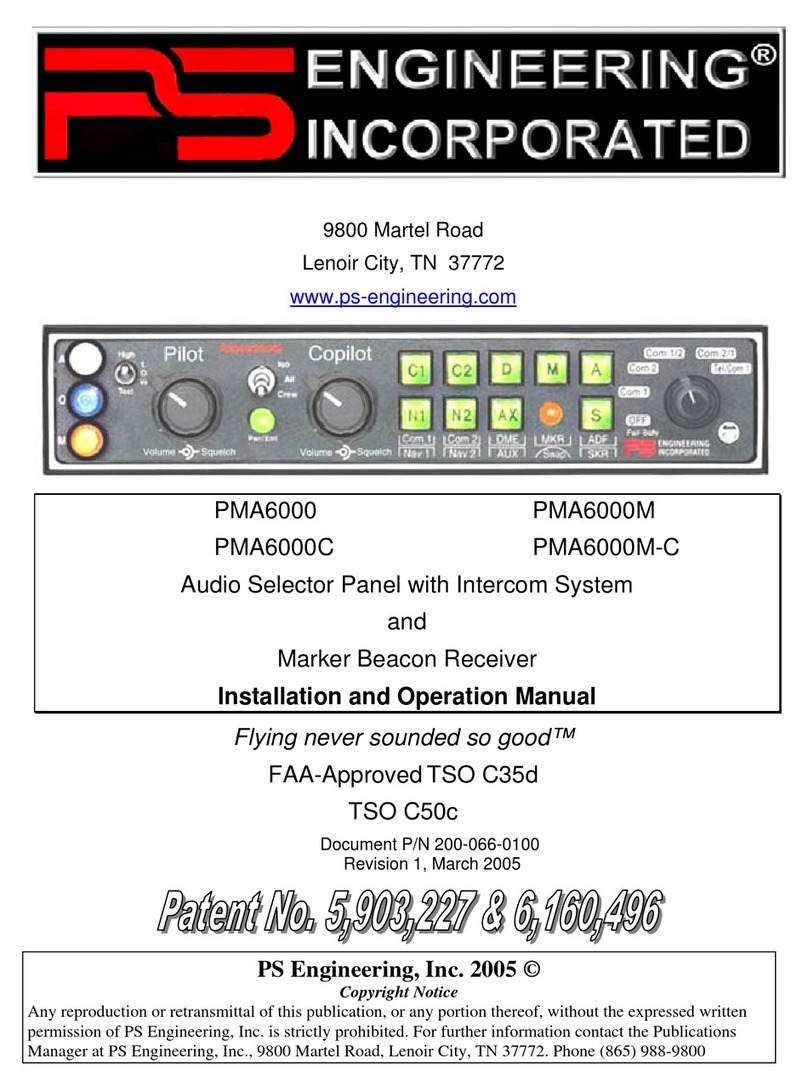
Table of Contents
Section I GENERAL INFORMATION..................................................................... 1-1
1.1 INTRODUCTION ......................................................................................................................... 1-1
1.2 SCOPE............................................................................................................................................ 1-1
1.3 EQUIPMENT DESCRIPTION.................................................................................................... 1-1
1.4 APPROVAL BASIS – ................................................................................................................... 1-2
1.5 SPECIFICATIONS ....................................................................................................................... 1-2
1.6 EQUIPMENT SUPPLIED............................................................................................................ 1-4
1.7 EQUIPMENT REQUIRED BUT NOT SUPPLIED................................................................... 1-4
1.8 LICENSE REQUIREMENTS...................................................................................................... 1-4
Section II - Installation .............................................................................................. 2-1
2.1 GENERAL INFORMATION....................................................................................................... 2-1
2.1.1 SCOPE ...........................................................................................................................2-1
2.1.2 CERTIFICATION REQUIREMENTS.................................................................................... 2-1
2.2 UNPACKING AND PRELIMINARY INSPECTION ................................................................................ 2-1
2.3 EQUIPMENT INSTALLATION PROCEDURES .................................................................................... 2-1
2.3.1 COOLING REQUIREMENTS.............................................................................................. 2-1
2.3.2 MOUNTING REQUIREMENTS........................................................................................... 2-1
2.3.3 AUDIO PANEL MOUNTING RACK INSTALLATION .......................................................... 2-1
2.3.4 AUDIO PANEL TRAY AND CONNECTOR ASSEMBLY....................................................... 2-2
2.4 CABLE HARNESS WIRING............................................................................................................... 2-2
2.4.1 NOISE ............................................................................................................................. 2-2
2.4.2 EXISTING GMA340 INSTALLATION ............................................................................... 2-3
2.4.3 POWER............................................................................................................................ 2-3
2.4.4 COMMUNICATIONS PUSH-TO-TALK ............................................................................... 2-3
2.4.5 AUDIO PANEL INTERFACE .............................................................................................. 2-3
2.4.6 TEL (DUPLEX) FUNCTION FOR CELL PHONES............................................................... 2-3
2.4.7 TRANSMIT INTERLOCK................................................................................................... 2-4
2.4.8 PATENTED "SWAP" MODE ............................................................................................. 2-4
2.4.9 BACKLIGHTING .............................................................................................................. 2-4
2.4.10 UNSWITCHED INPUTS ................................................................................................... 2-4
2.4.11 PUBLIC ADDRESS MODE .............................................................................................. 2-5
2.4.12 PA MUTE (J2, PIN 12) .................................................................................................. 2-5
2.4.13 MISCELLANEOUS LOGIC OUTPUT (J2, PIN 18)............................................................. 2-5
2.4.14 INTERCOM WIRING ....................................................................................................... 2-5
2.4.15 PLAYBACK BUTTON INSTALLATION (J2, PIN 22- OPTION 1, ONLY)........................... 2-7
2.5 MARKER BEACON INSTALLATION.................................................................................................. 2-7
2.5.1 MARKER ANTENNA INSTALLATION ............................................................................... 2-7
2.5.2 EXTERNAL MARKER LIGHTS.......................................................................................... 2-7
2.5.3 MIDDLE MARKER SENSE (MARKER VERSION)............................................................... 2-7
2.6 ADJUSTMENTS................................................................................................................................. 2-7
2.7 COMMUNICATIONS ANTENNA INSTALLATION NOTES................................................................... 2-8
2.7.1 AUDIO ACTIVE OUTPUT ................................................................................................. 2-8
2.8 PMA8000 PIN ASSIGNMENTS ......................................................................................................... 2-9
2.9 POST INSTALLATION CHECKOUT ................................................................................................. 2-10
2.10 UNIT INSTALLATION ................................................................................................................... 2-10
2.11 OPERATIONAL CHECKOUT ......................................................................................................... 2-10
2.11.1 REQUIRED TEST EQUIPMENT ..................................................................................... 2-10
2.11.2 AUDIO PANEL TEST.................................................................................................... 2-10
2.11.3 MARKER CHECKOUT.................................................................................................. 2-11




















